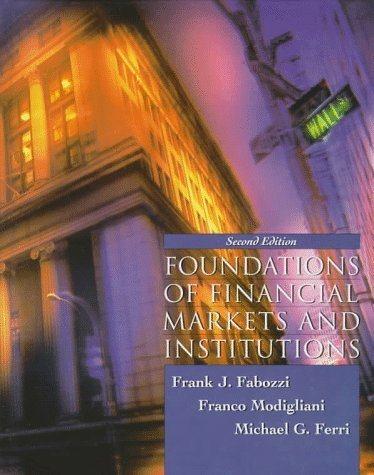Question
1) If T100 stands for the total cost of producing unit number 100 of a comparable doll, what learning rate (nearest 5%) best fits the
1) If T100 stands for the total cost of producing unit number 100 of a comparable doll, what learning rate (nearest 5%) best fits the data you have in hand?
2) Using the k value (lec 18, #16) for MHs learning rate, what are the values for T1 and T5000?
3) How much is the highest bidder bidding for in terms of average per-unit cost? Will your average per-unit cost be lower than theirs?
Disney is looking to produce 5,000 units of a high quality, limited edition Elsa doll (retails for $79.95). Your company, MagicHappens, has completed a few similar collectible-quality doll projects in the past, but those orders were in the tens or low hundreds units at most.
MagicHappens has all the capabilities to produce the doll apart from two steps found to be not worth doing: producing the base doll and the fabric. For each highly-detailed doll, MH can expect to pay just $2 to the supplier due to economies of scale. If MH makes the doll in-house, each base doll would cost around $50. Therefore, MH always procure the base doll and fabric, and then perform the sewing, assembly, packaging, and distribution to Disney.
Disney is conducting an open bid process for making this doll. The current best bid for the 5,000 dolls contract is $143,750. You are deciding whether you can beat the current bid, and in your hand is a piece of note given to you by the production team that reads:
T1: ?
T50: $50
T100: $45
T200: $40
T5000:?
Step by Step Solution
There are 3 Steps involved in it
Step: 1

Get Instant Access to Expert-Tailored Solutions
See step-by-step solutions with expert insights and AI powered tools for academic success
Step: 2

Step: 3

Ace Your Homework with AI
Get the answers you need in no time with our AI-driven, step-by-step assistance
Get Started


